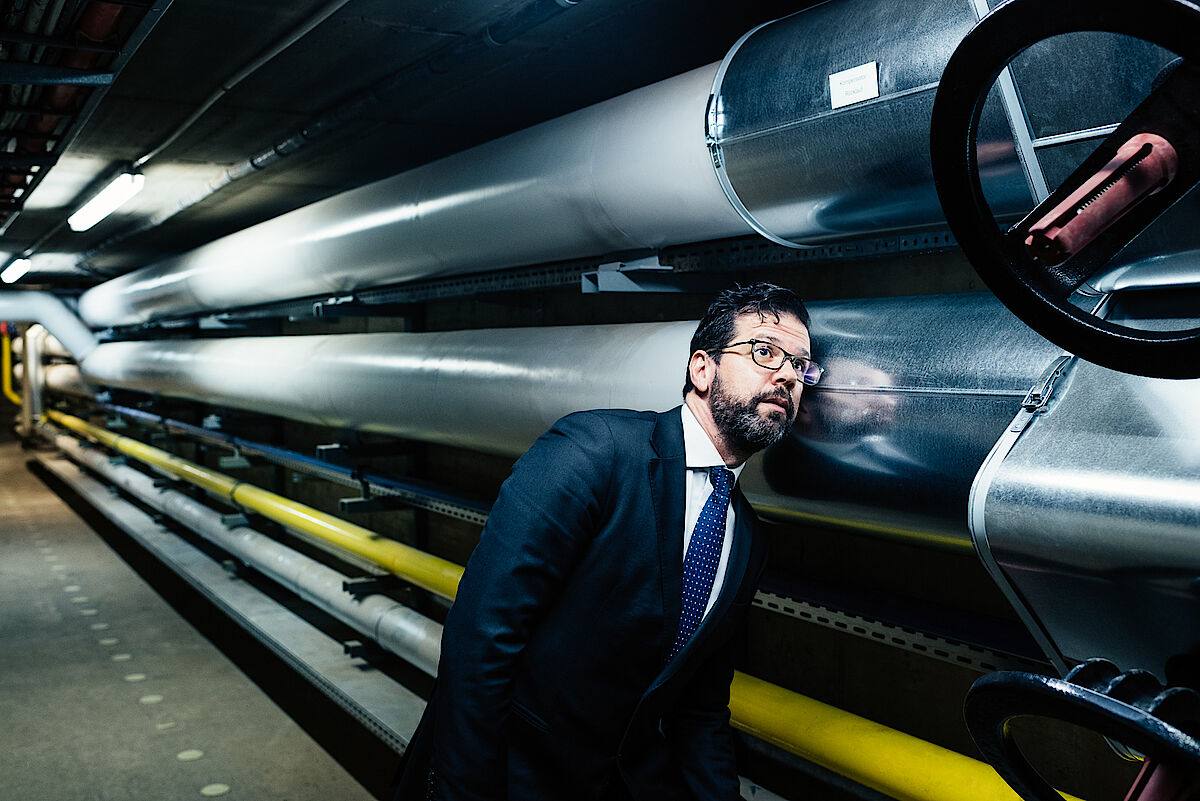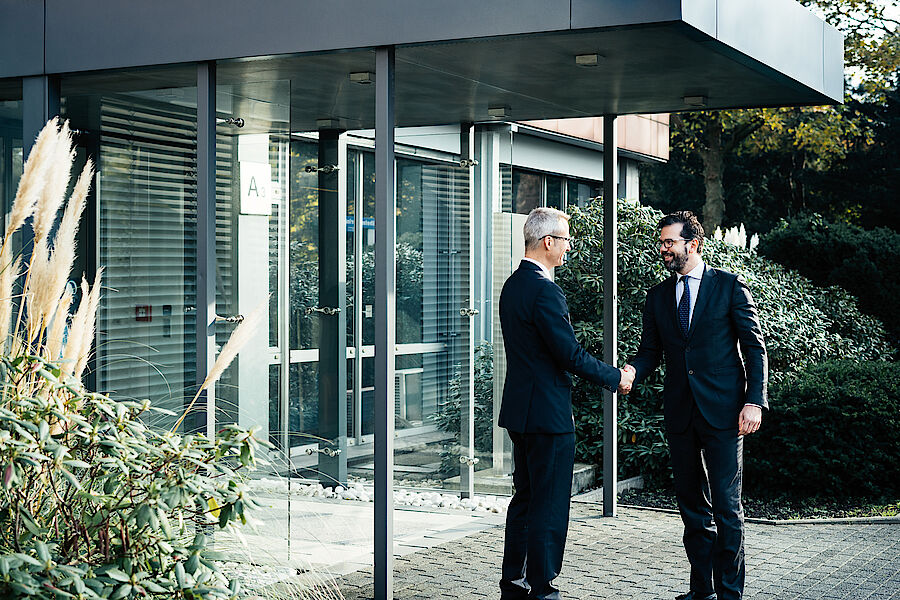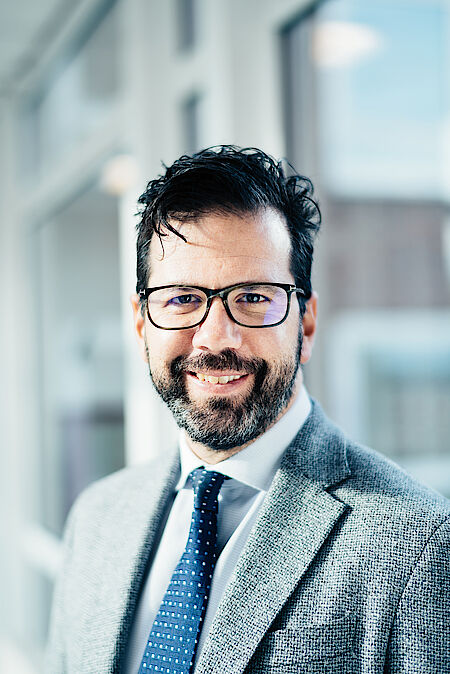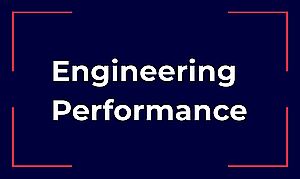There are buzzwords that always crop up when companies collaborate – partnership and synergies. Unfortunately, these are often little more than lip service, and this is something which is all too human. Because people only really pull together if they share the same objectives, rather than both sides pursuing their own objectives. It has to be clear that you still need to deliver top performance in a collaboration, but as part of a team and not simply on your own. Plant engineering is a team sport too, so to speak.
Something engineers know: the whole is more than the sum of its parts
Engineering services in the cokemaking industry
Let’s start with a little background: Paul Wurth is a global leader in iron and steel manufacturing technologies. Its Italian subsidiary based in Genoa specialises in the realisation of turnkey major projects for the construction of integrated systems and for the engineering and building supervision services needed in the area of blast furnaces, cokemaking plants and iron ore direct reduction systems. We plan system overhauls and renovations, produce profitability studies and offer our customers project management as well as production and quality control services. This comprehensive portfolio makes us one of the world’s leading service providers with the highest possible standards regarding operational efficiency, sustainable production and environmental awareness.
Meanwhile, DMT in Essen is a provider of engineering services with many years of experience in the areas of plant and process engineering, civil engineering and infrastructure, oil and gas, and mining. One of DMT’s specific focuses is cokemaking technology, in particular the cleaning and utilisation of coke oven gas and also process optimisation in by-product recovery systems. State-of-the-art process simulation tools are used here: process models developed internally are used to precisely illustrate and simulate the thermochemical processes within a gas cleaning system. The programmes are validated using empirical data relating to real-life process conditions and serve as an aid for designing and planning new gas cleaning systems. They can also be used to quickly identify the potential to optimise existing systems.
From competitors to partners
Our collaboration began with an idea: we are stronger together. Paul Wurth was originally only active on the ‘black’ side of the business, i.e. cokemaking and processing, drawing on its knowledge of how to manage and construct major projects. DMT was familiar with the ‘white’ side of the business, i.e. cleaning valuable coke oven gas, but did not have sufficient capacities to be a part of this market in general. Having frequently encountered one another in competitive scenarios, we realised that the two companies’ areas of expertise could complement one another perfectly. And we have the personal endeavours of three top managers – Dr Manfred Kaiser (DMT), his successor Dr Frank Sowa and Dr Thomas Hansmann (Paul Wurth) – to thank for this indeed evolving into an intensive collaboration. Because only with tenacity, rigorousness and a permanent focus on the common objective can all the hurdles be overcome. It goes without saying that such hurdles exist between two companies based in different countries, with different focuses and with their own evolved corporate cultures. But we did have one advantage – in addition to Italian and German (and many other languages spoken within the team), we engineers always have a lingua franca: technical language. Because nothing generates understanding and a connection more quickly than jointly developing a solution to a technical problem. As is so often the case, it is ultimately a ‘people’s business’.
Joint international projects
Not only do we come from different countries, we also work with customers and business partners all over the world – our first projects were in India, Indonesia and Brazil, and these have since been followed by projects in South Africa, Kazakhstan and Spain. The topic is complex, the market is complex and there is stiff competition from major global enterprises – but after 13 years, we too have a wealth of experience.
Let’s take our project in Vanderbijlpark in South Africa’s Gauteng province as an example. The task was to overhaul a cokemaking by-product recovery system which had originally been designed by DMT. In other words, it involved engineering services and purchasing, but no actual construction work. The customer and their project department have a great deal of technical experience in this field themselves. A set-up of this kind with three parties means there are more people actively involved, which can sometimes make things a little more complicated – but optimum use is then made of the various areas of expertise, with each party contributing what they are best at.
Another example is our joint project in Gijon, Spain, where we really are working hand in hand, the ‘black’ side and the ‘white’ side, Paul Wurth and DMT. Here, an existing factory is being modernised for the world’s largest steel producer and we are both providing parts of the engineering services, purchasing and the construction work. We were jointly contracted with engineering services, supplying key equipment and overseeing installation and the start-up procedures for the conversion of two coke oven batteries as well as modernisation of the adjacent by-product recovery system and the related wastewater treatment systems. It goes without saying that one of the goals here is also to comply with stringent environmental requirements by means of desulphurisation.
Customers benefit from our combined experience
Paul Wurth and DMT have been collaborating since 2006 and can now serve customers as a one-stop shop, offering everything from advisory services to the planning, construction and turnkey delivery of complete cokemaking plants. The partnership naturally improves with every project, because it allows us to build up immense expertise that other service providers have to generate anew time and again.
Every project does, of course, entail a significant amount of person-to-person meetings in the real world, but we are now so familiar with all the details that we are also able to discuss many issues simply by email or in Skype conference calls. And these days, we are able to jointly work on a shared server in real time, but from different locations. 3D modelling has made a huge difference here, as visualisation is an excellent basis for working together, for project management and, if necessary, for problem solving. We are now developing tools for the live integration of piping and instrumentation diagrams into 3D modelling, thereby making ‘all in one’ information available. To do this, we are using existing software solutions which we then adapt for our own purposes. Digitalisation is therefore making us not only quicker and more efficient, but also more accurate, with fewer errors and misunderstandings because everyone is looking at the same picture. The human side of things isn’t neglected either – to promote collaboration and mutual understanding, we regularly exchange employees such as young engineers, who then work for the other partner for a few months. A ‘people’s business’ is, after all, dependent on people.




